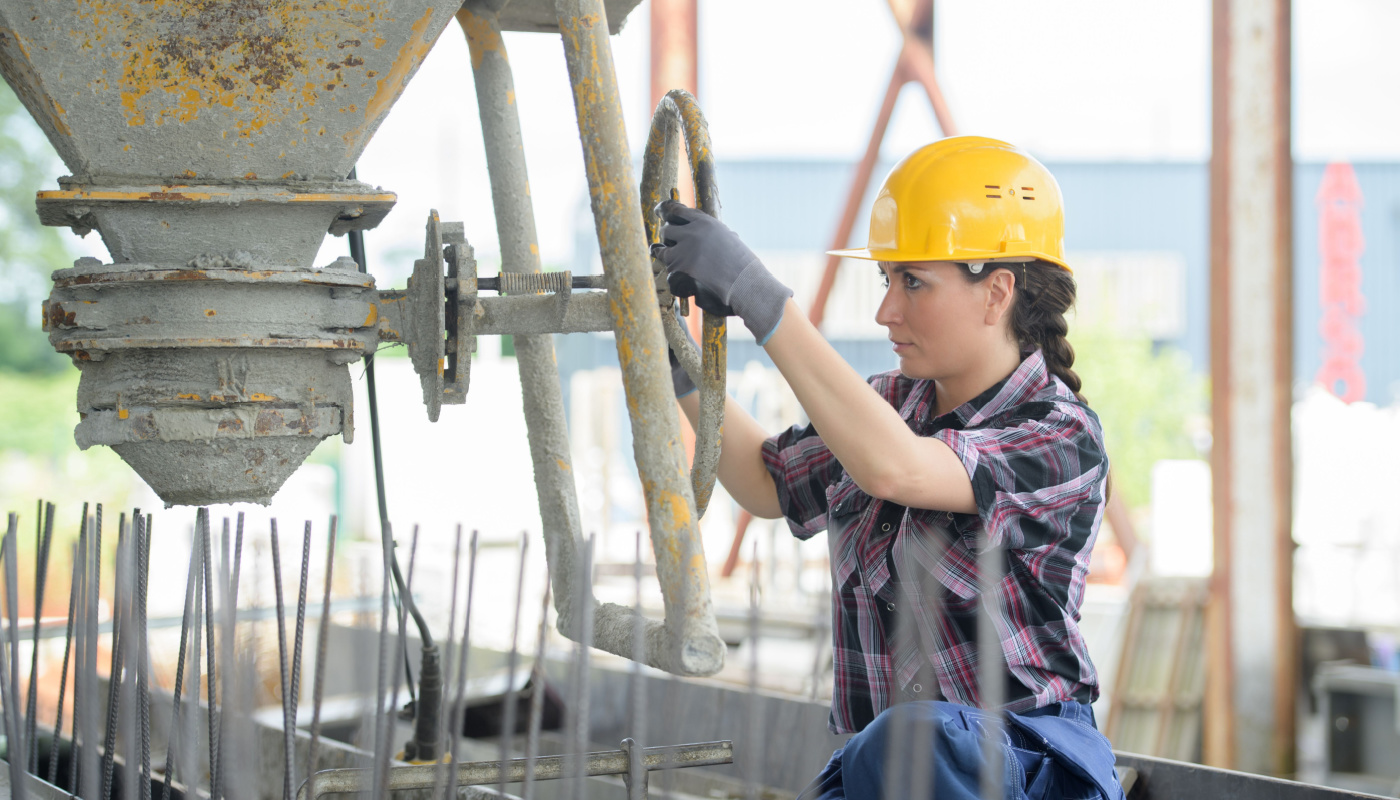ConstructConnect’s support of the construction industry is largely a service to the boots on the ground, managers, and contractors putting plans into action. Women have a huge part in leading a new generation of construction game changers. While the narrative around who represents the future of construction has seen little to no change for years, there is now a steady uptick of women entering and advancing in the industry.
According to data from the Bureau of Labor Statistics and published by the Washington Post, women make up 14% of the construction industry workforce in the United States, with Hispanic women contributing heavily to that jump. Additionally, women in the United States made up 4.2% of trade workers and front-line supervisors in 2022, and in Canada, they make up 5% of trades and 13% of the entire construction industry.
We recognize the impact of women in construction and acknowledge the difference gender equality makes in all industries. The road to change is bumpy, but there are areas in which we can begin to see a shift.
Organizations like the National Association of Women in Construction are fierce advocates for women in construction with strong dedication to career growth and development. With the 25th annual celebration of Women in Construction Week, NAWIC is highlighting this year’s theme of Many Paths, One Mission, and the career journeys taken by women to help evolve the face of construction.
Women in the Trades
The picture of a man wearing a hard hat on a construction site is typical and not a complete representation. The pandemic and the ongoing construction labor shortage have led to more women entering the trades. There’s still much work to do with the recruitment, training, and retention of women in construction trades, weighing heavily on the following:
Changing Attitudes
Unfortunately, many young people are not looking at construction trade jobs as respectable career paths, but there are signs that the tide is changing. Whether you want to become a construction manager, welder, plumber, electrician, or HVAC tech, the labor shortage has left many jobs unfilled. Qualified skilled women laborers are stepping up to the plate and helping to level the playing field.
Equal Employment Opportunities
Creating an equitable environment for women is an ongoing battle that is gaining more attention. Legal hearings held in 2022 by the Equal Employment Opportunity Commission addressed discrimination in construction and are continuing to shine a light on this serious issue.
Supportive Apprenticeship Programs
It is essential to have mentorship, sponsorship, and advocacy for women in construction and business. Women having access to education and apprenticeship programs with active and engaged leadership is a step in the right direction.
Women in Tech
As a provider of software solutions for the preconstruction industry, the advancement of women in all areas of technology is crucial. We must change how construction is perceived to attract more women to the industry, starting with college-aged professionals. With steady contact within the school system, the next step is to ensure women are guided and given opportunities to consider the possibilities of a career in construction as engineers and architects.
Attracting more women to tech careers begins with stepping up the promotion of science, technology, engineering, and math or STEM programs. The gender disparity in tech continues to be wide despite growth year to year. Women make up 28% of the tech industry in the United States and 23% of the tech industry in Canada. What is the issue? Much like the representation of women in construction trades, stereotypes and microaggressions have made STEM careers for women feel like an unrealistic pursuit.
Women Business Enterprises (WBE)
A willingness to work with women businesses to complete construction projects can have a heavy impact on your company’s ability to land major jobs. There’s no excuse not to pursue partnerships with WBEs, as women owners and operators of construction-related companies are more accessible than ever.
When planning your next construction project, take time to research and consider the various programs available for contractors, subcontractors, and construction suppliers that are women and minority-owned business enterprises.
Conclusion
While the construction industry has been slower to change, we shouldn’t discount the significant strides made up to this point. The support is out there, and everyone is encouraged to do their part to enact long-lasting policies to make equity for women in construction the rule, not the exception.
National Association of Women in Construction - Serves as a support network for women in construction, providing education, community, and advocacy.
The Canadian Association of Women in Construction - Organization dedicated to the success of women in construction in all related fields.
Women in Construction Week - Celebration of the role of women in the construction industry through classes, job site tours, luncheons, and virtual events.
Women in STEM - Organization committed to bridging the gap between social justice and academic fields by addressing the gender disparity within the STEM fields.
Women’s Business Enterprise National Council (WBENC) - The largest certifier of women-owned businesses in the United States and a leading advocate for women entrepreneurs.
Women Business Enterprises Canada Council (WBE Canada) - Organization working to open doors for Canadian women-owned businesses to supply chains across Canada, North America, and globally.
